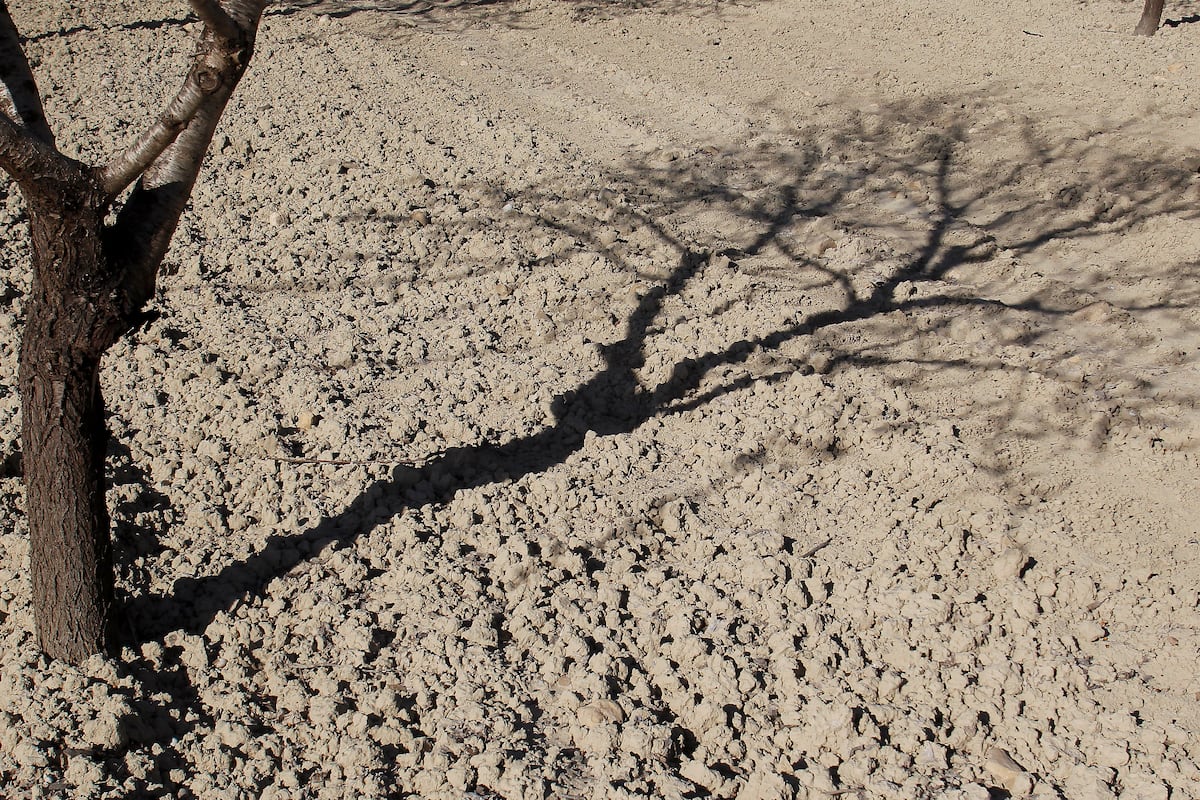
Natural disasters cost Spain 4,450 million euros in 2023, 53.45% more than the previous year, when they had an impact of 2,900 million, according to barometer data presented this Thursday by the Catastrophe Observatory of the AON Foundation . The bite on the gross domestic product (GDP) rose to 1,879 million euros, 654 million above the figure for 2022. Despite the rebound, “unfortunately, all these statistics will blow up this year” due to the damage. , said the president of the observatory, Pedro Tomey.
This Wednesday the Bank of Spain released its estimates on the impact of the cold drop on October 29 on Valencia in which they calculate that the meteorological catastrophe will subtract two tenths of GDP from the economic growth of the fourth quarter and an increase of 0.15 points of the consumer price index (CPI). Another piece of information to measure the impact of the flood is that the monetary authority raised the maximum exposure for the financial sector to 20,584 million.
The observatory has broken down the effect of meteorological misfortunes on GDP in 2023 as follows: 647 million direct impact of the uninsured, 827 million indirect impact and 405 million induced impact. For its part, the insured cost of catastrophes in that period amounted to a bill of 2,449 million euros, 63.7% higher than the previous year. Furthermore, the cost attributed to the actions of the first line response workers (Civil Protection, Military Emergency Unit and Spanish Red Cross) and Tragsa amounted to 124 million euros. Likewise, data from the Insurance Compensation Consortium and the Insurance Business Association (Unespa) allow accounting for 1,208 million euros of covered damages.
Tomney stated that “all the data in this barometer reflect a substantial increase in the cost of disasters compared to 2022 and, consequently, highlight the severity of the disasters that occur in 2023.” He added that last year was not only a record in the aggregate figures of the costs analyzed, but it has also been the worst year to date for the Spanish countryside. Specifically, agricultural insurance recorded compensation worth 1,241 million euros.
Along these lines, more than half of the insured costs in 2023 were covered by Agroseguro. Drought (31%) and rain and hail (29%) were the events that caused the most damage to Spanish agriculture, especially for winter cereal crops in the Northeast of the peninsula. Floods caused 80% of insured damages during 2023, mainly affecting homes (44%) and industries (23%) located in the provinces of Valencia, Tarragona and Badajoz.
The impact on companies
Within the contraction of the GDP caused by the accidents, the natural disasters caused a direct impact of 650 million euros on the directly affected companies that lacked insurance, and caused an additional blow of 830 million in the activity of companies linked to the first. , which belonged to its value chain, both insured and uninsured.
The reduction in business and salary income derived from claims in 2023 slightly exceeded 400 million euros. While the effect on employment meant the loss of 38,600 full-time equivalent jobs, 13,600 more than in 2022.
The ten most important catastrophes
On the other hand, the AON Foundation has specified that the 10 most important catastrophes last year cost insurance 1,139 million euros, double that of the previous year. The natural event that caused the most damage was the drought in herbaceous crops, which affected the cereal provinces (located in Castilla y León, Castilla-La Mancha, Aragón and Catalonia) throughout the year and generated 421 million in accumulated costs. Meanwhile, damage due to drought in 2022 was 92.2 million euros. Behind were the summer rains and hailstorms, with 206 million; the cold drops of Madrid and Toledo, with 166 million; the Zaragoza floods, with 82 million; and spring storms, with 62 million euros.
As for fatalities, in 2023 37 people died as a result of natural disasters, a figure much lower than the average number of deaths recorded from this cause since the beginning of this century, according to the study data. High temperatures were the first cause of death, causing 65% of the total. Followed by floods (24%), winds and fires. A very different panorama from this year, in which last month’s dana alone has caused 220 deaths.
Leave a Reply